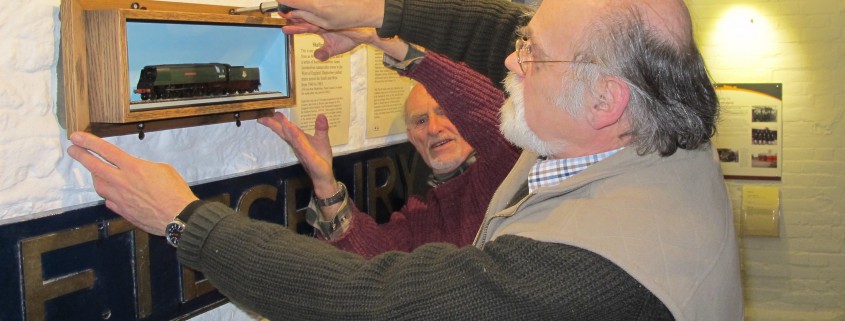Jane Ellis-Schon brought a tiny sample of the 15,000 objects in Salisbury Museum’s Pitt-Rivers Collection to her compelling and comprehensive February lecture at Gold Hill Museum. In 1880 Augustus Henry Lane-Fox inherited the Pitt-Rivers title and 27,000 acres of Wiltshire estates from his great-uncle. Already a serving soldier in the Grenadier Guards, Pitt-Rivers applied his military surveying skills to recording the largely untouched archaeology of Cranborne Chase, preserved by centuries of hunting rather than farming. When Rushmore House overflowed with artefacts, he built a museum at Farnham; Jane’s photographs showed glass cases from floor to ceiling and serried ranks of ancient animal bones. Pitt-Rivers opened the [Larmer Tree] Pleasure Gardens for the benefit of his estate workers, who were often employed on archaeological digs in the winter months. A lodge was pulled apart in 1889 to confirm its mediaeval origins, and rebuilt as an art gallery named, on no great authority, as King John’s House. Pitt-Rivers pursued a fairly destructive style of archaeology but understood the need for the preservation of historic sites, to which he contributed as the first Inspector of Ancient Monuments, appointed in 1882, and kept detailed records and copious specimens. Jane’s aim in the “Finding Pitt-Rivers” Project is to connect the objects with the records, and to build up a searchable on-line database. Shaftesbury & District Historical Society members are promised an intriguing privilege visit in June to see Jane’s curatorial work in the new Wessex Gallery at Salisbury Museum.
On Tuesday 01 March at 2.30p.m. in the Garden Room David Childs will tell the story of the “Heirs to Achilles” in his illustrated account of the ill-starred Allied attempt to capture the Gallipoli Peninsula in 1915.










